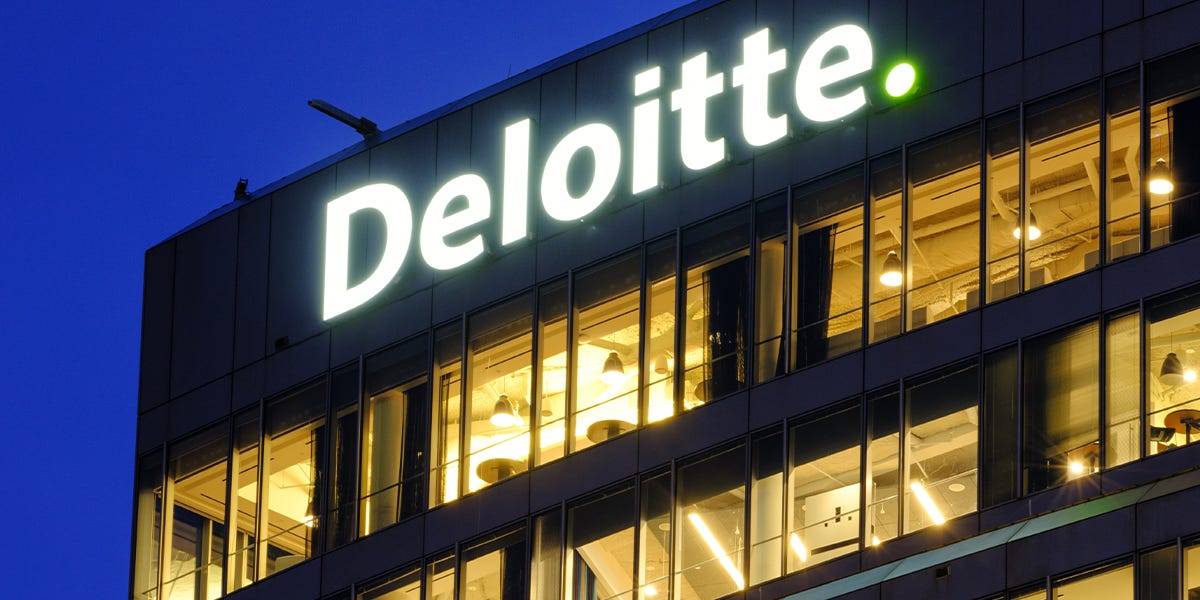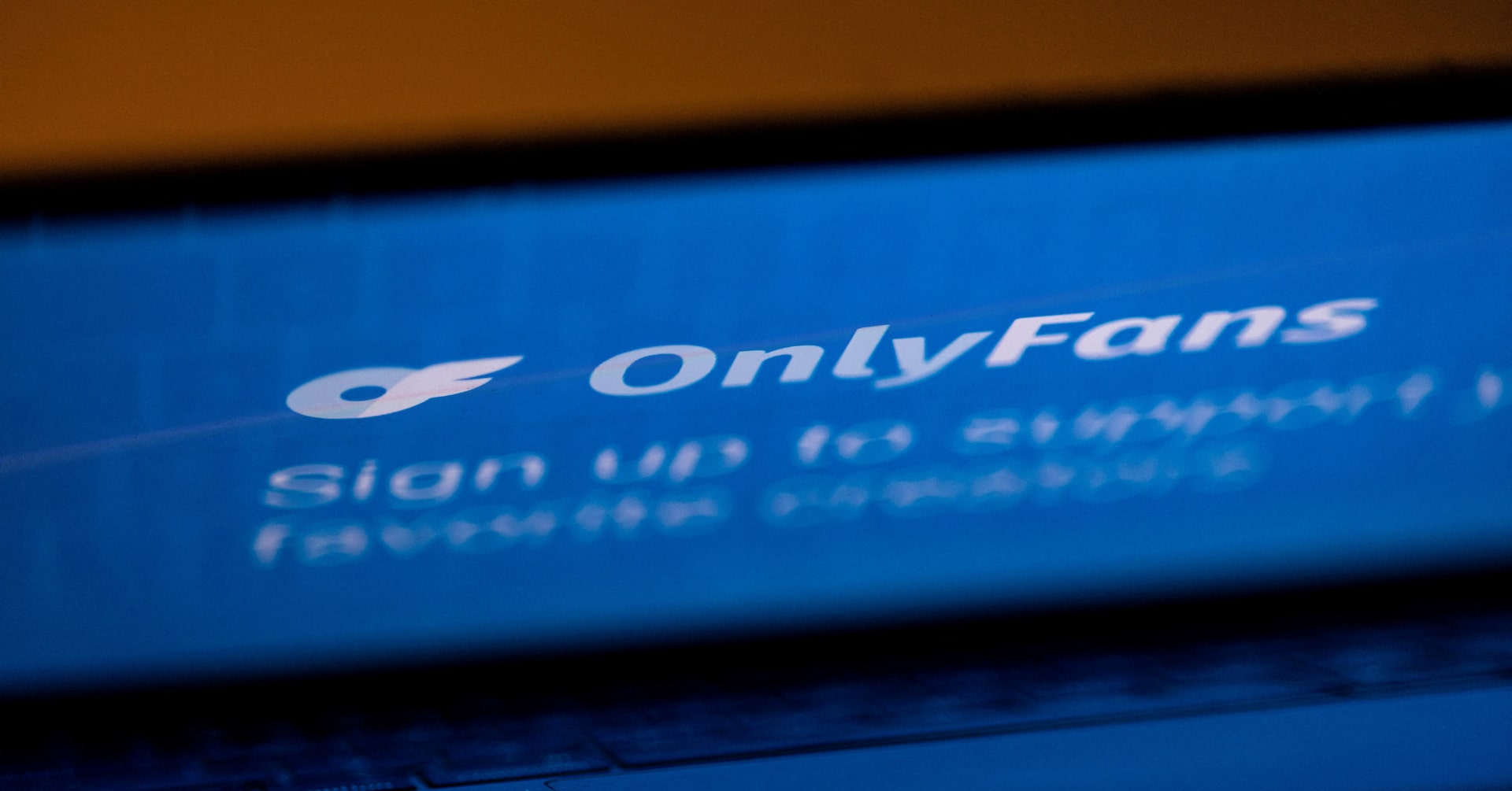Adobe has announced a significant shift in its approach to diversity, equity, and inclusion (DEI) by dropping its diversity hiring targets. This decision comes amid broader industry changes and increasing scrutiny of DEI programs in the corporate world. Speaking during an internal meeting, Adobe’s Chief People Officer, Gloria Chen, confirmed the shift, indicating that the company will no longer focus on specific DEI hiring goals. This move is part of a broader trend where companies are reassessing their DEI strategies amid anti-DEI activism and legal challenges.
At Adobe, the emphasis on DEI has historically been strong, with a focus on creating a culture of belonging and advancing fair pay practices. The company has also been instrumental in promoting digital literacy through initiatives like the Adobe Digital Academy, which aims to equip millions worldwide with AI, content creation, and digital marketing skills. Additionally, Adobe has explored innovative technologies, such as using AI to enhance diversity auditing, which involves analyzing images to assess diversity levels within an organization.
However, the decision to abandon specific hiring targets marks a new chapter in Adobe’s DEI journey. It reflects a more nuanced understanding of diversity efforts, moving away from numerical goals that can sometimes be seen as tokenistic and towards a more holistic approach focused on creating an inclusive work environment.
This shift also comes as companies face rising criticism about DEI programs. Some businesses have faced backlash for their DEI initiatives, with some even moving away from the term, opting for broader concepts like “culture and belonging” to sidestep controversy. Despite these challenges, market trends suggest that companies committed to DEI are likely to see benefits such as increased employee engagement and retention, as well as improved innovation. A study by LHH found that companies with inclusive cultures are more likely to be innovators, which can provide a competitive edge in a rapidly changing business landscape.
Recent data from a Workforce Trends Report highlights a substantial gap between employer and employee perceptions regarding the effectiveness of diversity initiatives. While many employers believe they are doing enough, employees are often more skeptical, suggesting that there is still much work to be done in fostering truly inclusive environments.
In the broader context, the evolution of DEI strategies is also influenced by anti-DEI activism and potential legislative changes, which can impact how companies approach diversity initiatives. Businesses are learning to adapt, shifting towards more integrated approaches that embed diversity principles into everyday operations rather than isolating them in specific programs. This approach can lead to a more sustainable and impactful commitment to diversity and inclusion.
Ultimately, Adobe’s decision to drop specific DEI hiring targets signals a strategic reevaluation aimed at aligning its diversity efforts more closely with overall business goals. By focusing on creating a more inclusive workplace environment, Adobe aims to foster a culture where all employees can thrive personally and professionally, which can ultimately drive better business outcomes.










